
135º East Hyogo Dry Gin: the Story of a Unique Recipe

135° EAST Hyogo Dry Gin is the result of the perfect balance between a London Dry style gin and the floral, citrus and spice touch of Japanese botanicals. A true Japanese spirit, with its blends of cedar, shiso leaf, and most importantly of yuzu and sansho pepper combined with distilled sake spirit. A great gin, with traditional dry style botanicals such as juniper, coriander, and angelica.
135° EAST is named after the Akashi Meridian at 135 degrees east longitude which runs past our distillery in Akashi City. This gin marks the centenary of the start of the Yonezawa family’s history in distilling fine Japanese craft spirits.
The Yonezawa Family: Heritage & honour since 1856
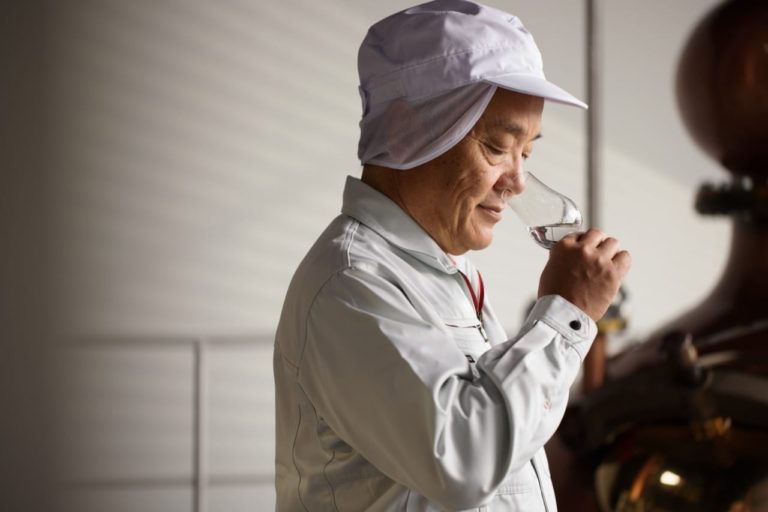

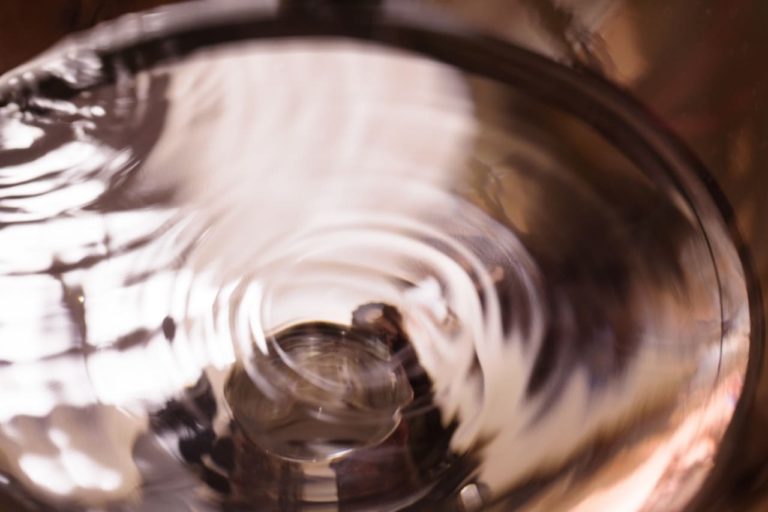
The Yonezawa family settled in Akashi City in 1856, where having mastered the art of sake brewing, they started distilling in 1917. From one generation to the next, the family has kept their legacy alive by continuing to develop their spirits expertise. 100 years later, Kimio Yonezawa, our Master Blender & Distiller, honoured their heritage and celebrated the centennial of the family business by creating the Kaikyo distillery and 135° EAST, the first Hyogo dry gin.
Searching for "Ginspiration"

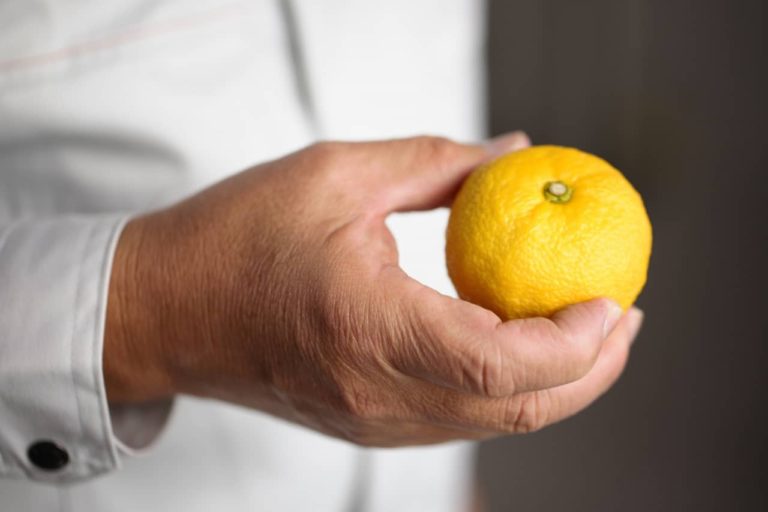
Our gin draws its name from the 135º meridian east which crosses Akashi City in the Hyogo prefecture – the home of our Kaikyo Distillery. The meridian line perfectly represents our passion for discovering what lies beyond its borders.
Inspired by the Taisho period, our Hyogo Style Gin plays on a time when eastern culture merged with western customs. This is expertly reflected in our ingredients as they enhance and complement each other. Traditional London Dry Gin botanicals mingle with Japanese botanicals – both crowned by a touch of sake. Expertly weaved together, the botanicals of 135º East Hyogo Dry Gin awaken the senses by stimulating the unexpected.
Hyogo Dry Gin Style Crafting Process
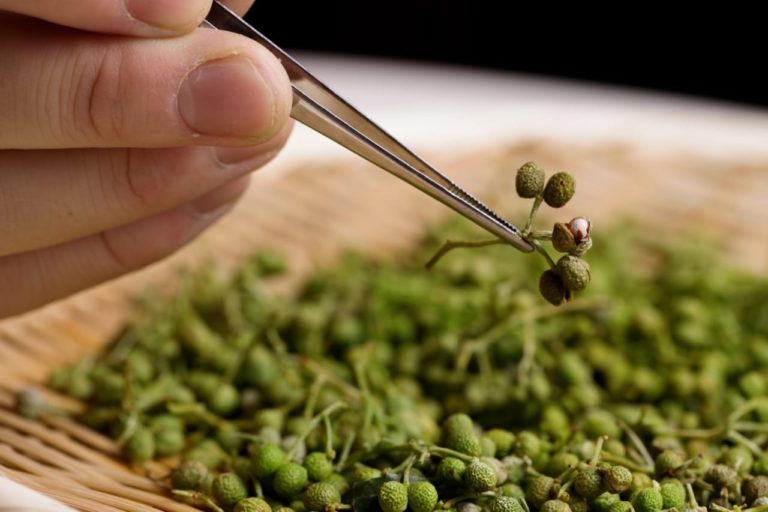

The 135° East recipe is the result of a long experimentation. Over 50 botanicals were sampled before choosing the ones that conveyed our Master Blender & Distiller’s vision the best. Each botanical is sourced from local farmers and throughout their growing periods their condition is regularly examined, with the selected botanicals being handpicked at harvest time. Kimio Yonezawa, having determined which production method brings the most satisfactory flavour profile to each ingredient, chose to distill dried traditional botanicals together in a copper pot still and Japanese Botanicals, separately, through vacuum distillation – a delicate process also used in the production of perfumes – thus capturing the valuable essence of each botanical.
Hyogo Dry Gin Botanicals
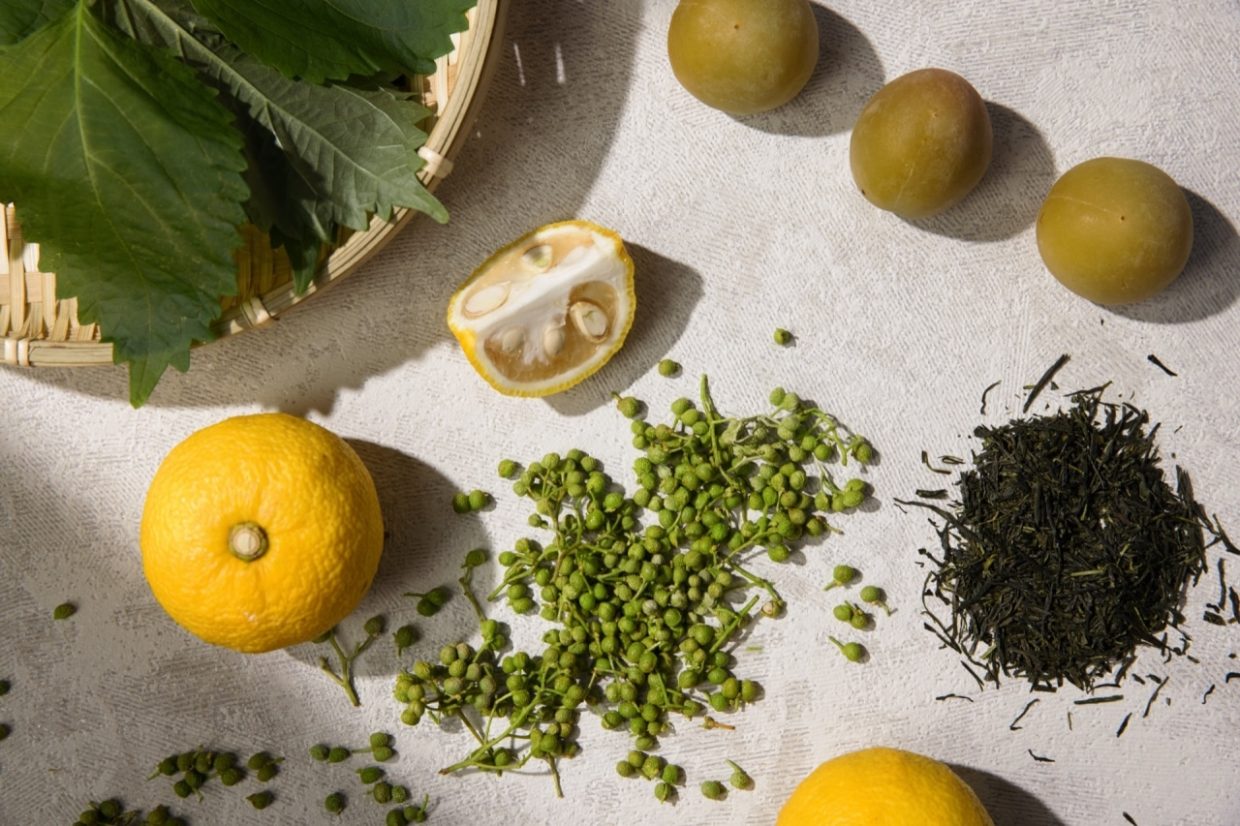
Each botanical is sourced from local farmers or specialized vendors then distilled separately to preserve the botanicals’ characteristics. This process allows better control of the final blending process when sake spirit is added. Once distilled, our gin has a typical soft sweetness which gently intwines and harmonizes the five Japanese botanicals

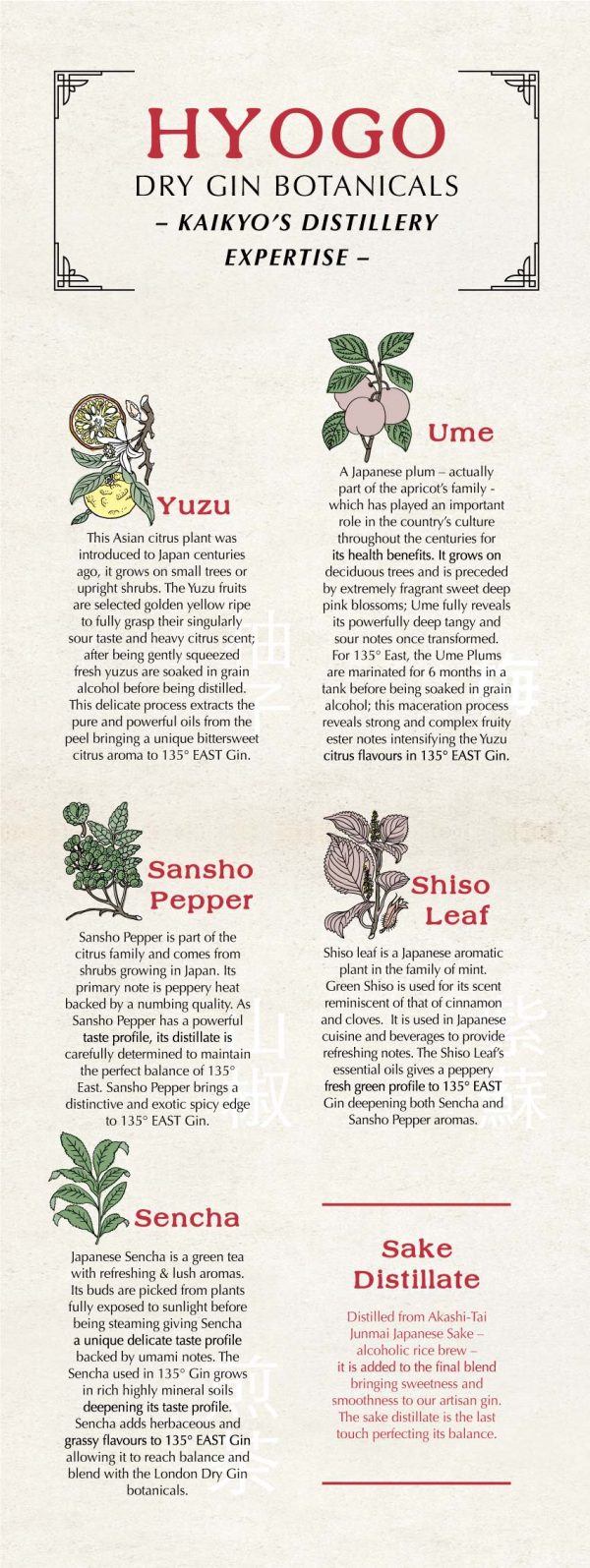
135 East Hyogo Dry Gin
JAPANESE ARTISAN GIN
MADE WITH DISTILLED SAKE SPIRIT
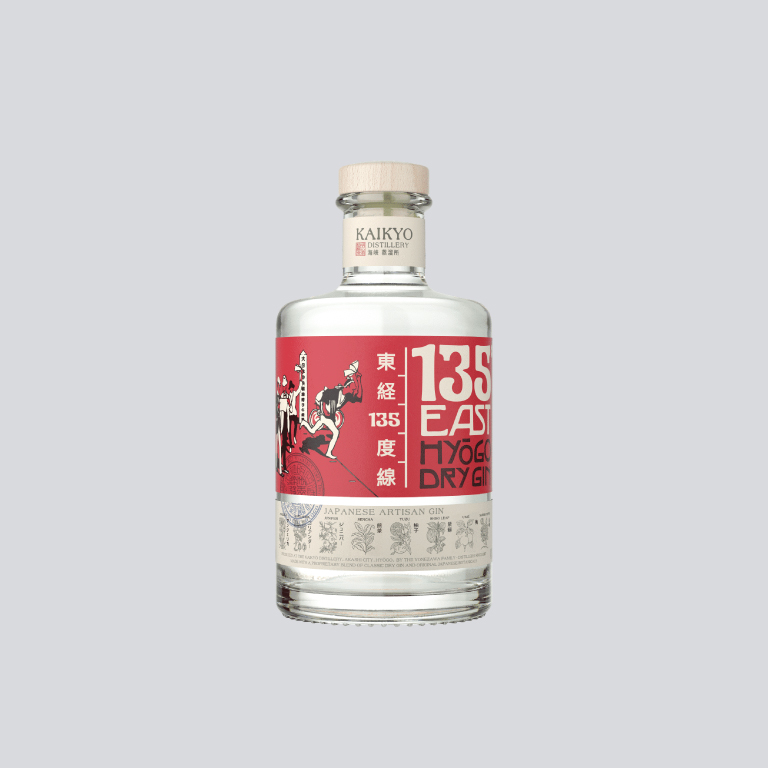
Marrying authentic Japanese botanicals with London Dry Gin botanicals, our spirit lets two cultures interweave energetically. Add to this a splash of sake distillate and you have a truly artisanal recipe, inspired by the Yonezawa family’s rich history of sake production.
- Volume: 700ml
- Alcohol Volume: 42%
- Country: Japan
- Distillery: Kaikyo Distillery
135° East gin offers a powerful floral aroma over scents of citrus fruits. It comes with a silky, balanced feel in the mouth, combining citrus, bitter and floral notes, while sansho pepper gives it a warm, peppery finish.

